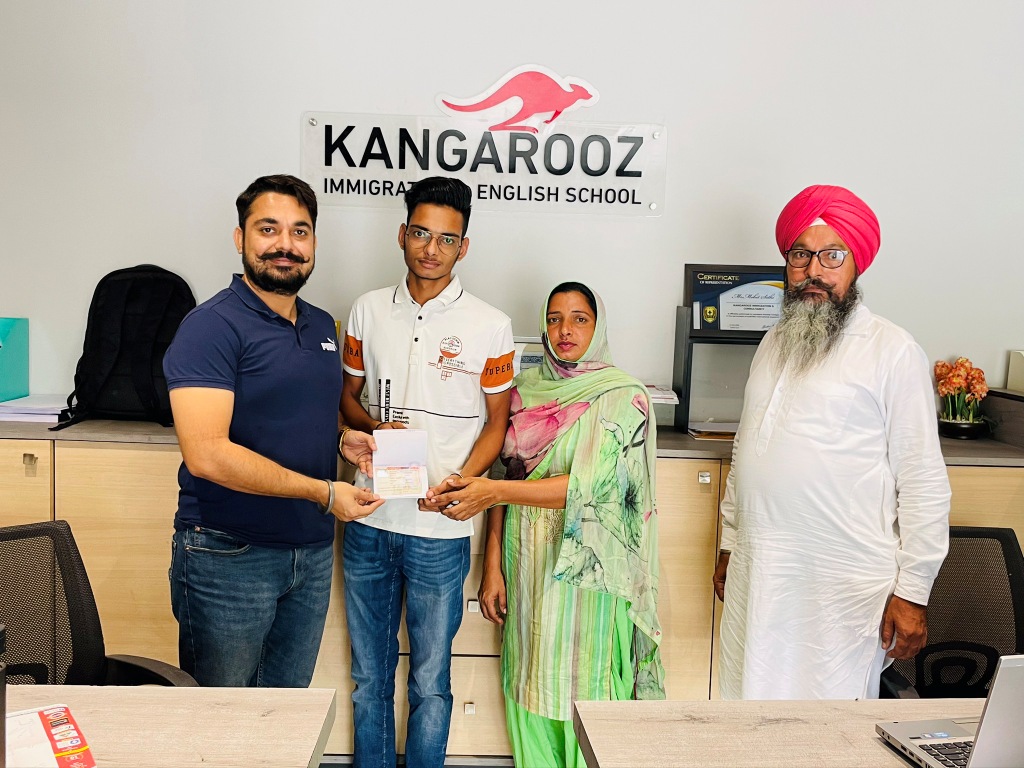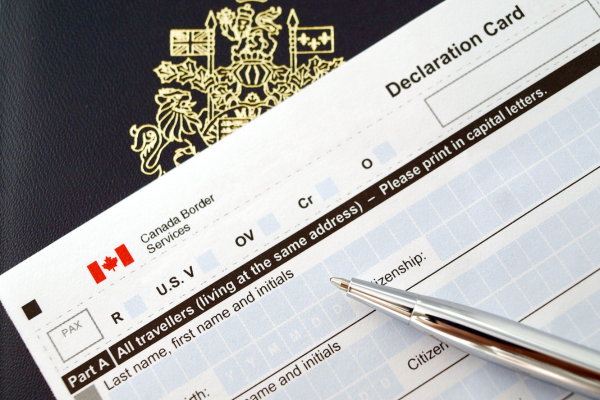How to Apply for Australian Immigration: A Comprehensive Guide
Australia is a vibrant and multicultural country that attracts individuals from around the world seeking new opportunities and a better quality of life. The immigration process can be complex, but understanding the requirements and pathways available is crucial for prospective immigrants. This article provides a detailed overview of how to apply for Australian immigration, including the types of visas, eligibility requirements, application procedures, and frequently asked questions.
Overview of Australian Immigration
Australia’s immigration system is designed to attract individuals who can contribute to the country’s economy and society. The primary categories of immigrants include:
- Skilled Workers: Individuals with specific skills and qualifications needed in the Australian labor market.
- Family Members: Individuals sponsored by family members who are Australian citizens or permanent residents.
- Refugees and Humanitarian Entrants: Individuals seeking asylum due to persecution or danger in their home countries.
- Temporary Residents: Individuals who come to Australia for a limited time, typically for work, study, or tourism.
Types of Visas for Immigration to Australia
Australia offers a variety of visa options for immigrants, each with its own eligibility criteria and requirements. Below are some of the most common visa categories:
1. Skilled Migration Visas
Skilled migration visas are designed for individuals with skills and qualifications that are in demand in Australia. The key types include:
- Skilled Independent Visa (Subclass 189): This visa is for skilled workers who are not sponsored by an employer or family member. Applicants must submit an Expression of Interest (EOI) and be invited to apply based on their points score.
- Skilled Nominated Visa (Subclass 190): This visa is for skilled workers nominated by an Australian state or territory government. Applicants must meet the eligibility criteria set by the nominating authority.
- Skilled Work Regional (Provisional) Visa (Subclass 491): This visa is for skilled workers nominated by a state or territory government or sponsored by an eligible family member to live and work in regional Australia.
2. Family Migration Visas
Family migration visas allow Australian citizens and permanent residents to sponsor their family members for immigration. The key types include:
- Partner Visa (Subclass 820/801): This visa is for individuals in a genuine relationship with an Australian citizen or permanent resident. It has two stages: temporary (820) and permanent (801).
- Child Visa (Subclass 101): This visa is for dependent children of Australian citizens or permanent residents.
- Parent Visa (Subclass 143): This visa allows parents of Australian citizens or permanent residents to join their children in Australia.
3. Refugee and Humanitarian Visas
Australia provides protection to individuals fleeing persecution or violence in their home countries. The key types include:
- Refugee Visa (Subclass 200): For individuals who are refugees as defined by the United Nations Refugee Convention.
- In-Country Special Humanitarian Visa (Subclass 201): For individuals who are subject to substantial discrimination in their home country.
4. Temporary Visas
Temporary visas allow individuals to come to Australia for a limited time. The key types include:
- Temporary Skill Shortage Visa (Subclass 482): This visa allows skilled workers sponsored by an Australian employer to fill labor shortages.
- Student Visa (Subclass 500): This visa is for individuals who wish to study at an accredited Australian institution.
- Visitor Visa (Subclass 600): This visa is for individuals who want to visit Australia for tourism or family visits.
Eligibility Requirements for Immigration
Eligibility requirements vary depending on the type of visa being applied for. However, there are some common requirements that most applicants must meet:
- Age: Most skilled migration visas have age limits, typically requiring applicants to be under 45 years of age at the time of application.
- English Language Proficiency: Applicants must demonstrate proficiency in English through standardized tests such as IELTS, TOEFL, or PTE. The required score varies based on the visa type.
- Skills Assessment: Applicants for skilled migration visas must have their skills assessed by a relevant assessing authority to ensure they meet Australian standards.
- Health Examination: Most applicants must undergo a medical examination to ensure they meet health requirements.
- Character Requirements: Applicants must provide police clearance certificates to demonstrate that they do not have a criminal record.
- Proof of Funds: Some visa categories require applicants to demonstrate that they have sufficient funds to support themselves and their family members upon arrival.
- Application Fees: Applicants must pay processing fees, which vary based on the type of visa and the number of family members included in the application.
The Immigration Application Process
The immigration process to Australia can be complex and involves several steps. Below is a general overview of the process:
Step 1: Determine Eligibility
Assess your eligibility for the desired immigration pathway based on personal circumstances. This includes understanding the specific requirements for the visa category you are interested in.
Step 2: Gather Required Documents
Collect all necessary documents, including:
- Proof of identity (passport)
- Educational qualifications and transcripts
- Employment references and experience letters
- Language test results
- Medical examination results
- Police clearance certificates
- Proof of funds (bank statements, financial documents)
Step 3: Submit Expression of Interest (EOI)
For skilled migration visas, you must submit an Expression of Interest (EOI) through the SkillSelect system. This indicates your interest in immigrating to Australia and allows you to be considered for an invitation to apply.
Step 4: Receive Invitation to Apply
If your EOI is successful, you will receive an invitation to apply for the visa. This invitation will specify the visa subclass you are eligible for and provide instructions on how to proceed.
Step 5: Complete Visa Application
Fill out the visa application form and submit it along with the required documents. Ensure that all information is accurate and complete to avoid delays.
Step 6: Pay Application Fees
Pay the required application fees, which can vary based on the type of visa and the number of family members included in the application. Fees can range from a few hundred to several thousand Australian dollars.
Step 7: Attend Interviews
Some applicants may be required to attend an interview as part of the application process. This is more common for certain visa categories, such as partner visas.
Step 8: Wait for Processing
After submitting your application, you will need to wait for it to be processed. Processing times can vary widely based on the type of visa and individual circumstances. You can check estimated processing times on the Department of Home Affairs website.
Step 9: Receive Decision
You will receive a notification regarding the decision on your application. If approved, you will receive instructions on how to proceed with your immigration, including obtaining your visa and any necessary travel arrangements.
Financial Considerations for Immigration
When planning to immigrate to Australia, it is essential to consider the financial requirements associated with the process. This includes:
- Proof of Funds: Many immigration pathways require applicants to demonstrate that they have sufficient funds to support themselves and their family members upon arrival.
- Application Fees: Immigration applications often involve processing fees, which can vary based on the type of visa and the number of family members included in the application.
- Settlement Costs: Applicants should budget for initial settlement costs, including housing, transportation, food, and other essential expenses.
Benefits of Immigrating to Australia
Australia offers numerous benefits for immigrants, making it an attractive destination for people from around the world. Some of the key benefits include:
- High Quality of Life: Australia consistently ranks among the top countries for quality of life, with a stable economy, excellent healthcare system, and vibrant cultural scene.
- Diverse Society: Australia is known for its multicultural society, welcoming individuals from various backgrounds and cultures.
- Strong Economy: Australia has a robust economy with a wide range of job opportunities across many industries.
- World-Class Education: Australia has a high-quality education system, offering numerous opportunities for international students.
- Pathway to Citizenship: Many immigration pathways in Australia offer a pathway to permanent residency and, eventually, Australian citizenship.
Conclusion
Understanding how to apply for Australian immigration is crucial for prospective applicants. The Australian immigration system is designed to accommodate various types of immigrants, each with its own unique circumstances and goals. By carefully considering the eligibility criteria, financial implications, and application processes, individuals can enhance their chances of successfully immigrating to Australia.
FAQ Section
- What is the immigration process for Australia?
- The immigration process involves determining eligibility, gathering required documents, submitting an Expression of Interest (EOI), receiving an invitation to apply, completing the visa application, and waiting for a decision.
- What types of visas are available for immigration to Australia?
- Common visa types include skilled migration visas, family migration visas, refugee and humanitarian visas, and temporary visas.
- Do I need to demonstrate English language proficiency to immigrate to Australia?
- Yes, most visa categories require applicants to demonstrate proficiency in English through standardized tests.
- How long does the immigration process take?
- Processing times vary based on the type of visa and individual circumstances, ranging from a few months to over a year.
- Can I bring my family members with me when I immigrate to Australia?
- Yes, most immigration pathways allow you to bring your spouse and dependent children.
- What are the costs associated with immigrating to Australia?
- Costs include application fees, which can range from CAD 150 to CAD 1,500 or more, and settlement costs such as housing and living expenses.
- Can I work or study in Australia while waiting for my permanent residency application to be processed?
- Depending on the type of visa you hold, you may be able to work or study in Australia while your permanent residency application is being processed.
- What are the benefits of immigrating to Australia?
- Benefits include high quality of life, a diverse society, strong economy, world-class education, and pathways to citizenship.
Relevant Links
| Immigration Type | Link |
|---|---|
| Immigration to Australia | https://immi.homeaffairs.gov.au/ |
 Skip to content
Skip to content



